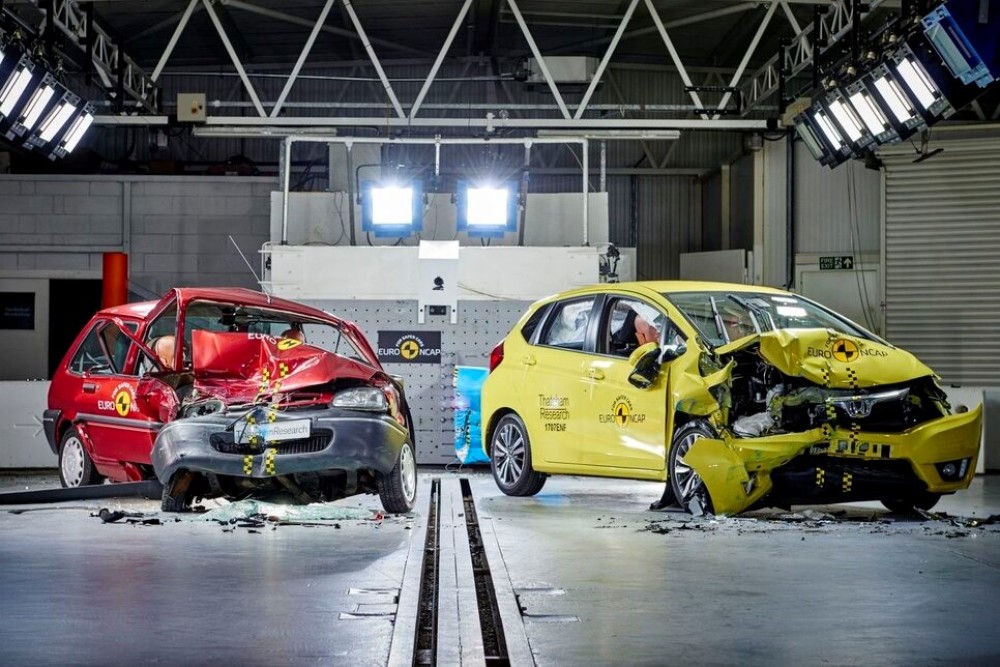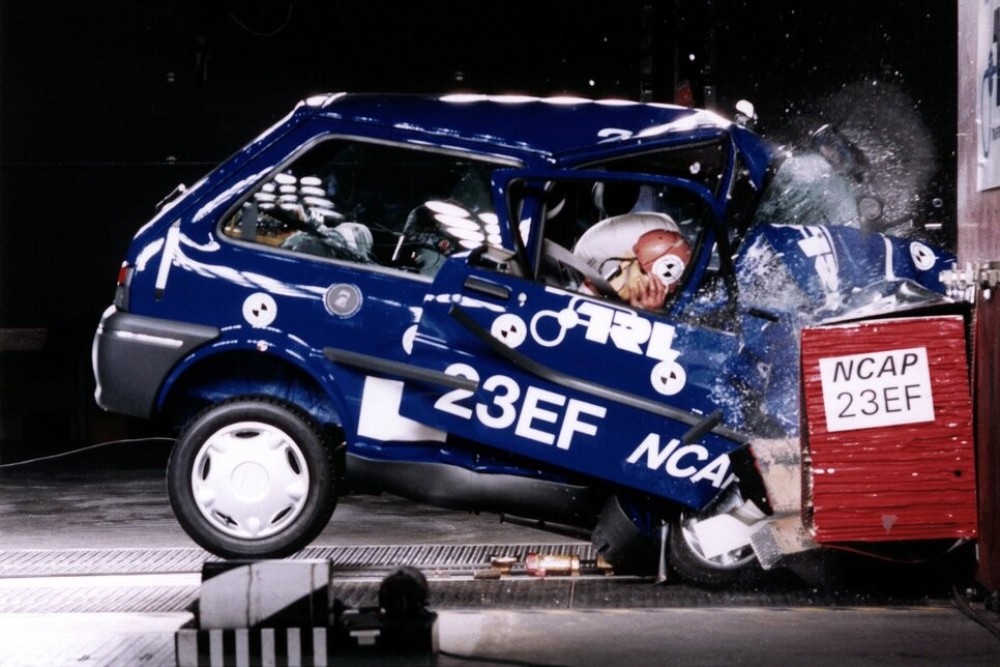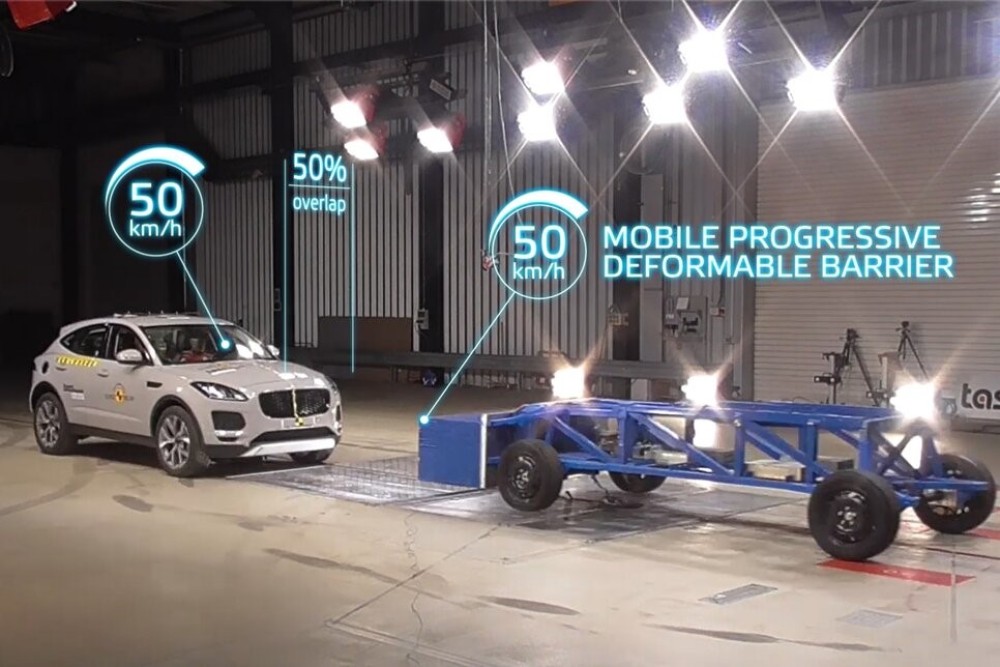This website uses cookies in order to enhance the overall user experience.

In Soviet schools, instead of an anatomy lesson, students were taken to the dissection room to show the lungs of a smoker and, for comparison, the lungs of a non-smoker. After that, the majority of adolescents who had already become addicted to cigarettes forever quit.
In a sense, Euro NCAP has become the same shock therapy for European car consumers. After the first crash tests, they suddenly learned that the beloved BMWs and Mercedes, like simpler cars, were unable to protect drivers and passengers from death. Most car manufacturers were also surprised by their results, through which the Euro NCAP stimulated big investments toward passenger safety.
From UNECE to Euro NCAP
Back in the days, every car in Europe had to be certified according to the UNECE rules before entering the market. Among other things, cars had to pass at least one frontal crash test on a non-deformable obstacle at 56 km/h. However, automakers quickly learned to cheat this test long ago, which led to a flurry of criticism on the UNECE rules. The issue became especially acute in the 90s, when cars became more powerful and the number of fatal car crashes began to grow rapidly, especially on the German Autobahns.

Although the UNECE rules were not toughened, a non-profit organization Euro NCAP - The European New Car Assessment Program appeared. Since 1997, the Euro NCAP does independent "research on the safety of new cars on the European market." After the first tests, it immediately became clear that the level of passive safety – the constructive measures aimed at reducing the consequences of an accident – was extremely low. Luckily, European automakers started to compete on Euro NCAP tests and began to invest in the safety of their consumers. As cars became safer, Euro NCAP engineers tightened their practices. Up until 2020 there have been several updates to the rules, but the basic test – frontal impact on a non-deformable barrier at 64 km/h with 40 percent overlap on the driver's side – remained. This year, however, the methods have been revised so much that tests after 2020 cannot be compared with past tests anymore. In other words, we’re entering into a new era of car safety.
What changes with the 2020 Euro NCAP rules?
The main change is that the basic crash test that we just mentioned – the one with which it all began – is now a thing of the past. Instead, car crash tests will be done like this:

Now the vehicle and the barrier will move towards each other at 50 km/h, while the overlap on the driver's side increases from 40% to 50%. Moreover, the mannequins will be a thing of the past, the new "dummies" will have more sensors and higher sensitivity. During side impact tests, a front passenger dummy will be added and experts will not just record the loads on the sensors, but also the bends of bodies and the collision of dummies with each other and.
Such a significant change has not happened since the Euro NCAP’s formation in 1997. Yet, not all tests were changed; the frontal crash test with full overlap against a rigid barrier simulating an impact on a concrete wall remains since most cars are still failing at this.
The tests of active safety systems – aimed at preventing accidents – has also expanded significantly. The emergency braking system, for example, is now subject to a complex set of tests: turning right and left for crossing pedestrians, reversing in a parking lot onto a stationary pedestrian, recognizing a cyclist leaving from behind parked cars, and more. However, not all details of Euro NCAP’s are published yet, so there could still be more tests changed or added before we get the first car crash results of this new era!

